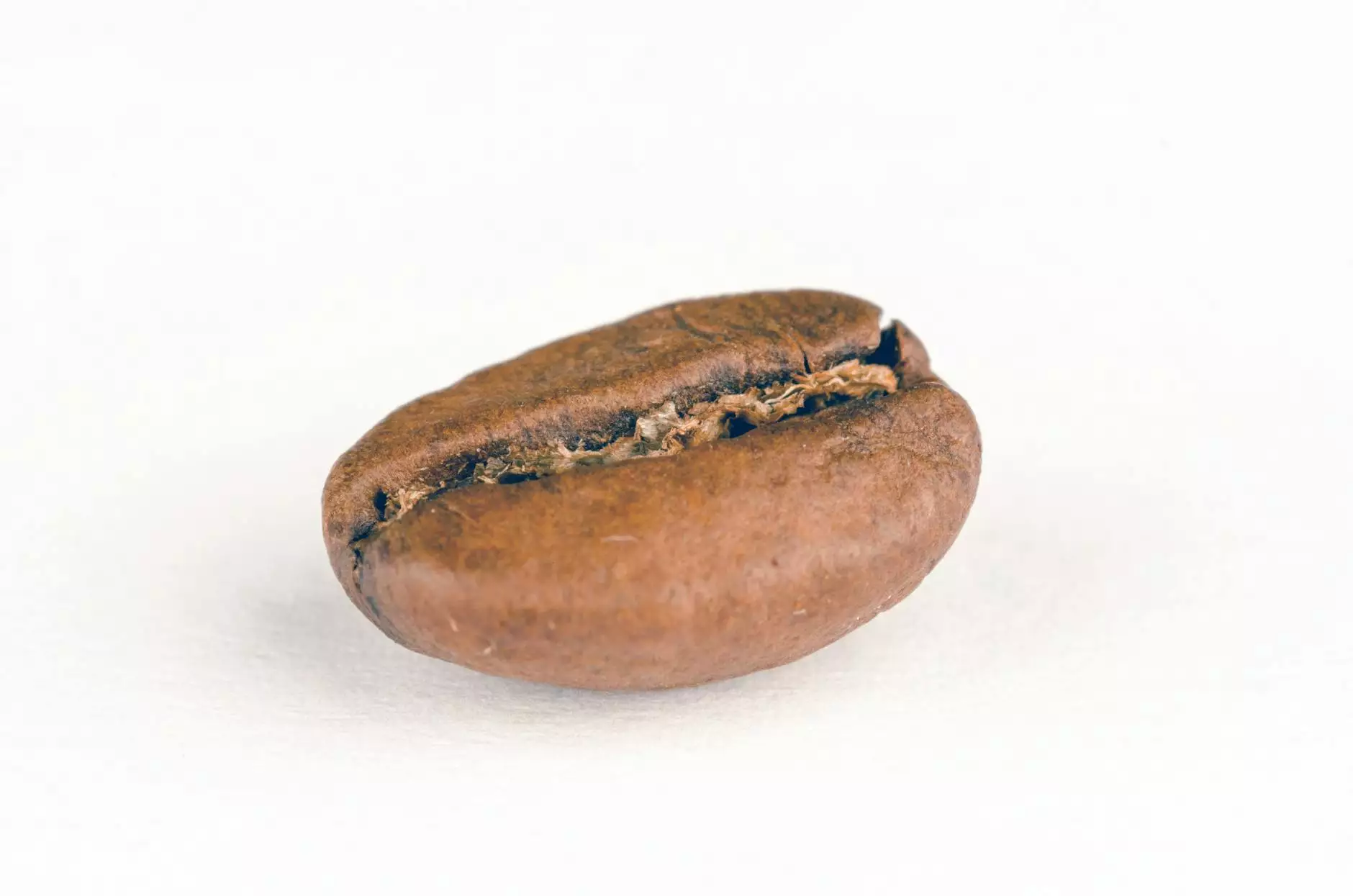Understanding Grain Testing Equipment: Ensuring Quality and Compliance in Agriculture

Grain testing equipment plays a pivotal role in modern agriculture, ensuring that the grains produced meet both quality standards and regulatory compliance. For farmers, grain quality directly impacts profit margins, and grain testing equipment is an essential tool in achieving this goal. In this article, we will delve into the various types of grain testing equipment, their functionalities, and the significant benefits they provide to farmers and grain processors alike.
The Importance of Grain Testing in Agriculture
As the agricultural sector continues to evolve, the demand for high-quality grains has never been higher. Grain testing is essential for:
- Determining Quality: Grain quality affects its marketability. Testing ensures that the grains are free from contaminants, moisture, and pests.
- Regulatory Compliance: Adhering to local and national regulations is crucial. Grain testing can help producers avoid penalties and ensure smooth operations.
- Enhancing Market Value: Grains that meet industry standards fetch higher prices, benefiting the farmer economically.
- Optimizing Storage Conditions: Proper testing helps in deciding the best storage conditions to prevent spoilage and preserve quality.
Types of Grain Testing Equipment
Various types of grain testing equipment cater to the diverse needs of grain testing in agriculture. Below are some of the most commonly used tools:
1. Moisture Meters
Moisture meters are essential for determining the moisture content in grains. High moisture levels can lead to mold growth and spoilage. Farmers can use portable moisture meters for quick testing directly in the field. These devices typically operate on the principles of electrical resistance or capacitance and provide instant results, allowing for timely decision-making.
2. Test Weight Scales
Test weight scales measure the weight of grains per unit volume, a critical indicator of quality. This equipment ensures that grains meet the weight requirements for different markets. Accurate measurements help in pricing and can substantially affect the profitability of grain sales.
3. Protein Testers
Protein is a crucial quality attribute, particularly for cereal grains like wheat. Protein testers determine the protein content, thus aiding in assessing the baking quality or the nutritional value of grains. Various models range from portable testers to lab-grade equipment, catering to different farm sizes and testing needs.
4. Falling Number Test Equipment
Falling number test equipment measures the alpha-amylase activity in grains, which is particularly significant for determining the quality of wheat flour. This is critical for millers and bakers as it significantly impacts dough quality and consistency.
5. Grain Sample Splitters
Sample splitters ensure that a representative sample of grain is taken for analysis. This equipment divides the grain evenly to provide fair testing and prevent inaccurate results, which can lead to misguided decisions regarding grain quality and marketability.
Benefits of Using Grain Testing Equipment
The implementation of grain testing equipment in agricultural practices leads to numerous benefits that directly affect operational efficiency and profitability:
1. Improved Quality Assurance
By frequently testing grains, farmers can maintain high-quality standards. Consistent monitoring allows for the early detection of any quality issues, enabling timely interventions that preserve grain integrity.
2. Cost Efficiency
Investing in accurate testing equipment can save farmers money in the long run. By preventing the sale of below-standard grains and avoiding penalties from regulatory bodies, proper testing ensures better financial outcomes.
3. Enhanced Customer Satisfaction
Farmers who guarantee high-quality grains strengthen their relationships with buyers. Offering consistently high-quality products leads to repeat business and customer loyalty.
4. Facilitates Research and Development
Continual grain testing provides valuable data that can be used for research and development. Farmers and scientists alike can analyze trends in grain quality, leading to improved farming practices and crop varieties.
Choosing the Right Grain Testing Equipment
Selecting the right grain testing equipment depends on several factors:
- Type of Grains: Different grains require different testing methods. Understand the specific needs of your crops.
- Volume of Testing: For large operations, investing in high-capacity, automated machinery may be more efficient than portable alternatives.
- Budget: Determine your budget as testing equipment can vary widely in price. Balance cost with feature requirements.
- User Experience: Choose equipment that is easy to use and maintain. Training staff on complex systems can be time-consuming and costly.
Conclusion
In conclusion, grain testing equipment is an indispensable part of modern agriculture. With the increasing demand for high-quality agricultural products, farmers must adopt technologies that facilitate accurate and effective testing of their grains. The benefits of investing in quality testing equipment—ranging from ensuring regulatory compliance to enhancing customer satisfaction—are substantial and will contribute to the success of any farming operation.
For farmers looking to enhance their productivity and market presence, the importance of implementing reliable grain testing equipment cannot be overstated. By focusing on grain quality, they can secure better prices and contribute to a more sustainable and efficient agricultural industry.
Additional Resources
If you're keen on learning more about grain testing equipment or exploring options for your farm, it's advisable to consult with reputable suppliers like Tsgcinc.com. They offer a wide variety of farming equipment and can assist you in selecting the best tools for your grain testing needs.
Invest in quality today to ensure a successful future in agriculture!









